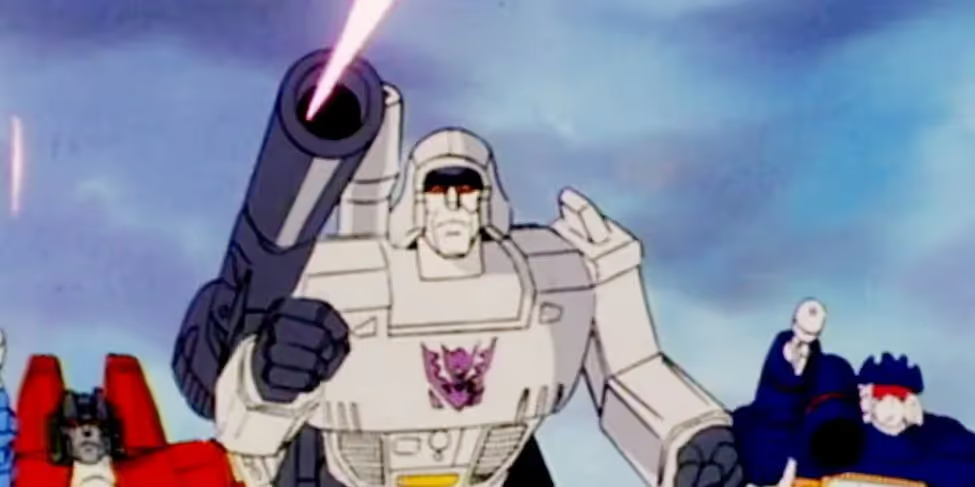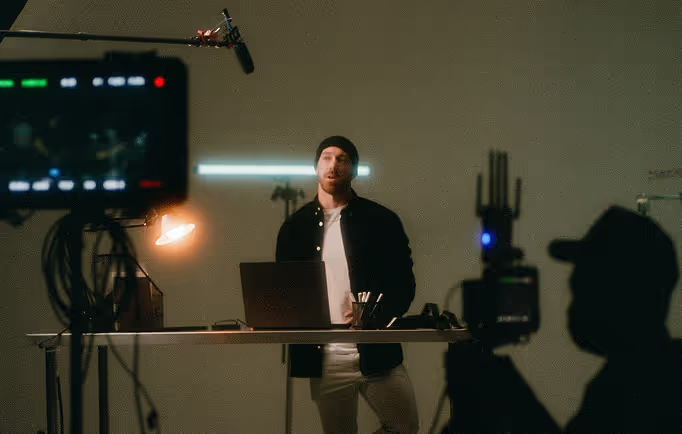How To Use The Power Of Nostalgia In Your Explainer Video

It seems like everyone and their grandma is cashing in on the nostalgia boom lately. Meanwhile, it’s hard to throw a rock without hitting a millennial who’s complaining about how reboots are ‘ruining their childhood’, or hitting a baby boomer who’s complaining about how millennials are killing the rock-throwing business. So do people really even want to be reminded of the past, or will using nostalgia in your explainer videos make people respond with nothing more than a knee-jerk reaction of hate?
Well the data is in, and it shows consumer’s buying habits are well in favour of the past. Nostalgia weakens the need to hold onto money and makes people more willing to buy, according to studies. This phenomenon of nostalgia marketing is found to be especially effective with millennials, even if the nostalgia being created isn’t real).
With all this compelling evidence at your side you’ve decided you wanna’ inject a little ‘fondness for the past’ serum into your brand’s next explainer video campaign. What are some top tips and best practices to keep in mind?
visuals
1) animation styles
If you want your video to harken back to another time, mimicking film trends and techniques of the past is a great place to start. If you’re looking at creating an animated explainer video then recreating recognisable character design styles, animated movement techniques, and even software usage can help create an authentic step into the past. As an example, an early 2000’s aesthetic could benefit from a low-quality Flash animation style reminiscent of Homestar Runner, or Salad Fingers for something darker. Meanwhile, a tribute to the 70’s could work well by paying homage to the limited cartoony animation style of Schoolhouse Rock. The video game Cuphead is a recent success story of nostalgic animation, recreating the rubbery style of 1930s Fleischer and Disney cartoons to massive acclaim and sales within the millions.
2) film techniques
Regardless of whether your explainer video is animated or live-action another good way to capture a past aesthetic is to mimic film techniques appropriate for the time. A now cliched example of this is the use of sepia or black and white filters to bring to mind the early-mid 1900s, the era before colour film. A more recent example might be the grainy lo-fi ‘VCR’ look which is popular among Youtube ‘a e s t h e t i c’ music videos which generally aim to capture a feeling of the late 80s to early 90s – the childhood of target millennial viewers.
3) text
Utilise any text in your video to further enhance the feeling of time and place through appropriate font choice and presentation. Instead of simply picking any classic old-style font, consider taking cues from lesser-used recognisable sources that point to a very particular point in time. Technology can be a good place to look for this one, as fast-paced changes in devices make certain fonts ‘age’ very quickly. Pixellated VCR writing comes to mind as a recognisable staple of the 80s, while neon signs have come in and out of fashion and could serve many nostalgic uses depending on the style. Interesting things could also be done by playing around with typography which parodies a popular TV show or movie of the time.
audio
4) music
The one thing to keep in mind when selecting music for the purpose of evoking nostalgia is to choose very, very carefully. For most of us our taste in music is intrinsically linked to a strong sense of nostalgia, especially as studies show we tend to stop discovering new music in our early thirties. Our favourite music from our teen years and twenties therefore gets stuck in time and played on repeat, endlessly reinforcing our self-forged idea of ‘who we are’ and the world we used to live in. Choosing music to speak for this experience is understandably no mean feat, so it’s important to have your time of place absolutely researched and to understand the context, feel and goal of the music you’re selecting for your video.
5) sound effects
Your best use of sound effects in an explainer video is to create an evocative soundscape – in this case one which replicates being in a specific place at a specific moment in time. For extra clarity lean toward sounds we wouldn’t commonly hear today – the clack of a typewriter, the revving of a fax machine, the horrible nightmarish screeching of a dial-up modem.
content
6) values
One thing nostalgic pathos campaigns have in common is talking about a longing for the values of a particular time. Don’t be vague – “remember the good old days, when days were good and old?” works on no one (and no one’s grandma). Instead, focus on a particular value set in a particular time and/or sub culture, explore the feeling of nostalgia for that one value, and indicate through your well-styled explainer how your service understands that need. The value of radical change could be explored by focussing on 1969, taking a psychedelic style and looking nostalgically at Woodstock. Or the value of creative freedom could look fondly at the burgeoning underground skater culture of the 1970s, using skateboard design styles and music of the scene then.
7) references
If you’re aiming for one particular point in time, it can help to set the scene by referencing specific pop culture and food trends of the time (whether directly or allusively). Frozen waffle brand Eggo interestingly used this tactic with their own brand, releasing retro-styled ads alongside the lead up to the release of season three of Stranger Things.
8) evoke childhood memories
If you’re aiming for a more general nostalgia for youth, consider ways you can evoke childhood memories by presenting the world through a child’s eyes. A common trope of ‘happy childhoods’ is to show nondescript children laughing and playing (often under sprinklers, for some reason), but this trope struggles to capture true childhood nostalgia because it’s presented from the the adult’s point-of-view.
Put yourself in the shoes of your younger self (those dorky, uncomfortable black school shoes you had to go shopping for with Mum at the start of the school year because your old ones didn’t fit anymore). Remember how big of a part of life school was back then? How it felt like your high school friendships would last forever? How important your parents’ words to you were? Larger props and lower camera angles remind us of the days when everything felt huge. Hearing loss occurs over time so for most of us our sense of sound is strongest as a child, meaning richer soundscapes to develop. Use every part of your video to replicate an authentic experience that makes the viewer long for a taste of that youth, and long for the brand, service or cause that can give it to them.
Start a






